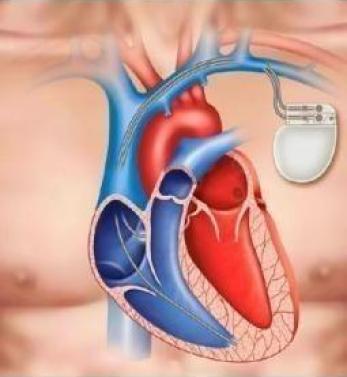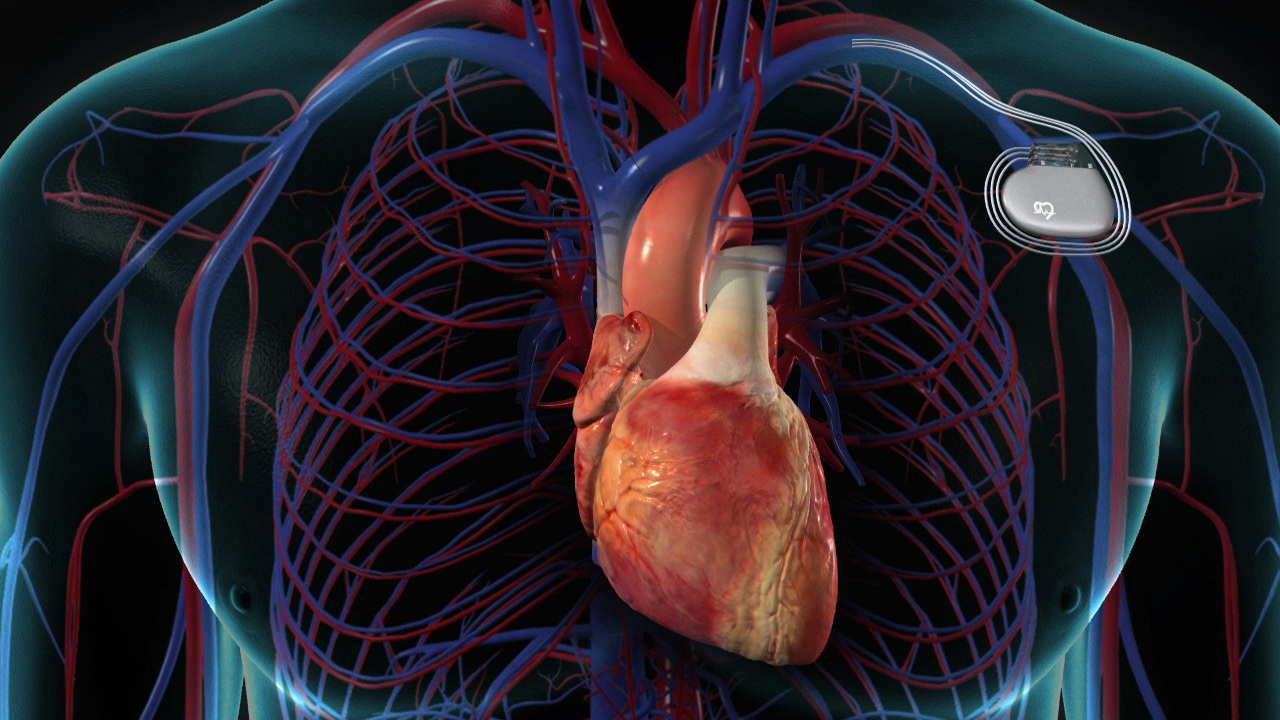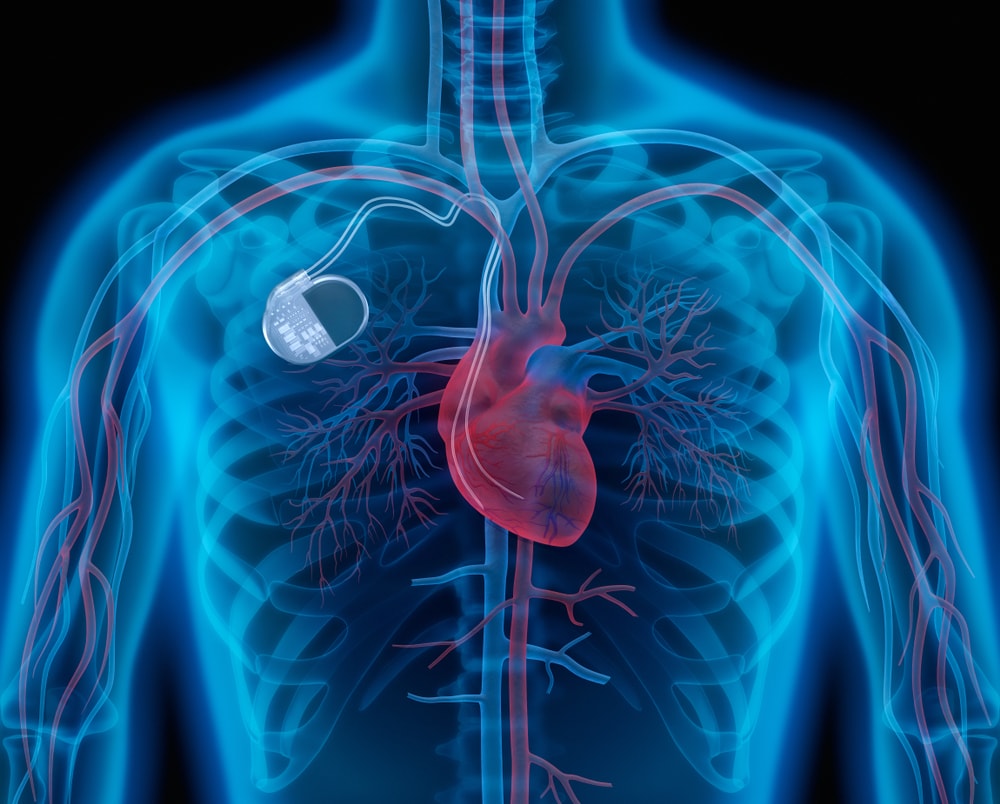

The heart, unlike other organs, is an organ that can generate electrical impulses and has a unique complex electrical transmission system. These electrical impulses ensure the regular contraction function of the heart, which is the main function of the heart. Thanks to the electrical transmission network that works almost perfectly, the blood needed by the body is pumped and our oxygen needs are met. However, the formation of signals or some problems that occur in the electrical transmission system that provides the transmission of the signals, cause this flawless system to deteriorate. The contraction pattern of the heart is disturbed, the heart weakens and serious health problems may occur. Pacemakers are used in the treatment of problems that occur in the heart's stimulus system or the electrical transmission system that transmits the stimulus. There are different types of pacemakers specific to different diseases. Thanks to the shock treatment given by pacemakers and pacemakers with shock properties, the lifespan of patients is prolonged and pacemakers play a life-saving role in the treatment of many serious problems.

Why is a Pacemaker Fitted?
If the "sinus node", the heart's stimulation center, has trouble producing a stimulus, or if there is a problem in transmitting the produced stimulus to the heart chambers quickly enough, the heartbeat slows down. If the heart rate is slower than normal, it means that the heart has difficulty in pumping blood and the body cannot get the energy it needs. Pacemakers are devices that have an active role in providing the electrical stimulation needed by the heart or transmitting the stimulus to the cardiac cavities in a timely manner in patients with electrical conduction problems in the heart.
There are also devices that are called pacemakers among the people, but that we use mostly because of their "electroshock" feature and that we describe as "ICD" in the medical language. These are used in patients who have heart failure and therefore have a high probability of experiencing some life-threatening rhythm disorders. Diseases related to the heart electrical system do not always cause the heart to slow down. Sometimes they cause the heart to beat faster than normal and cause the disease we call arrhythmia. Especially, arrhythmias originating from the ventricles, which are the ventricles of the heart, can bring vital risks. Sudden rhythm disturbances originating from the ventricle should be intervened within 1-2 minutes at most. Otherwise, the person is faced with a life-threatening risk. If blood does not go to the brain, brain death occurs within 3 minutes. Rhythm disorders that develop in patients with heart failure who require urgent intervention are treated with specialized pacemakers called ICDs. ICDs detect the life-threatening rhythm disorder in a person in a short time like 20-25 seconds and correct the rhythm disorder by giving an "electroshock" in as little as 30 seconds. ICDs are much more expensive devices and are at least 5-6 times more expensive than a normal pacemaker.
What are the Types of Pacemakers?
Pacemakers consist of two main parts, the "generator" and the "electrode". The generator is the main casing of the pacemaker and while providing the energy needed; electrodes or cables provide interaction and communication between the pacemaker generator and the heart. Pacemakers may have one or more electrodes depending on the type of battery. Some pacemakers have a special shock delivery feature to treat arrhythmias. As I mentioned above, these are called “ICDs”.
The main types of pacemakers are:
Temporary pacemakers: These are devices that are placed on patients for 10-14 days in cases where there is a possibility of recovery.
Permanent pacemakers
Implantable Cardioverter – Defibrillators (ICD)
Pacemakers used in heart failure (3-wire pacemakers)
Each of these pacemakers is suitable for heart diseases of different characteristics and severity. For this reason, after the examination of a specialist cardiologist, pacemaker treatment should be planned in detail and the patient should be informed about this issue.

How is a Pacemaker Inserted?
Pacemakers are placed in catheter laboratories where angiography is performed. During the procedure, the patient is sedated (sleeping) and the area where the battery will be inserted is completely anesthetized with local anesthesia. During the procedure, the electrodes, which are the cables of the pacemaker, are advanced towards the heart with the help of the veins where the pacemaker generator is placed. Then, the connections of the electrodes with the pacemaker generator are made, and then the pacemaker generator is placed in the prepared place and the process is completed.